|
How Junortoun got its name
'Junortoun' is now a district
which is part of the Greater City of Bendigo in north central Victoria.
The original name of the district was HOMEBUSH
after "Homebush", an estate of some 2,000 acres extending along the valley of Splitters Creek, the homestead being situated
approximately 5 1/2 miles from Bendigo on what is now the McIvor Highway. This homestead was the receiving Post Office for
the district up until the early 1970s.
In the early years of the 19th century, numerous complaints over mail being
directed to "Homebush" in New South Wales and "Homebush" in Victoria (and I think there is at least one other Homebush in
Australia) lead to either the Postal Authorities or the Victorian Government responsible for the naming of localities decreeing
that the name had to be changed.
Meeting of residents followed and at the first meeting, the late Martin Dole, made
the point that whatever the name chosen, it should be "short, quaint and original". (Anyone who has had to write a series
of letters addressed to people with long names living in streets with long names in localities with long names will see the
wisdom of the "short" part of this proposition at least!)
Mr. Sam Lazarus, the then owner of "Homebush" estate then
proposed the name "Junor" after his wife's maiden name and this was submitted to the authorities. However this name was rejected
on the grounds that it was too close to "Junee" in New South Wales.
At a subsequent meeting the suffix "toun" was
added to "Junor" and again submitted and this was found to be acceptable.
Source: Mr. F.B. Dole,
Atlas Road,
Junortoun,
3551
Mr. Lazarus's wife, Mary, was the daughter of my great-great Uncle Hugh Junor.
"Homebush" got its
name when on 15 February, 1855 Charles Boyle was granted allotments 1,2,3, in section 15 of Strathfieldsaye parish totalling
560 acres, later that year he had a hotel operating on the site and it was named 'The Homebush Hotel', Splitters Creek.
It was on the site of the present building also named 'Homebush'. The hotel was still operating in the early 1880s
but by that time had been sold to John Queally. Charles Boyle also owned land along Axe
Creek to the north of the
McIvor Highway - about 1400 acres - and his wife Sarah was living there when she died in 1886. This property was named
'Homebush Park'.
Source: Mr. Peter Boyle,
great-great-grandson of Charles Boyle.
|
|
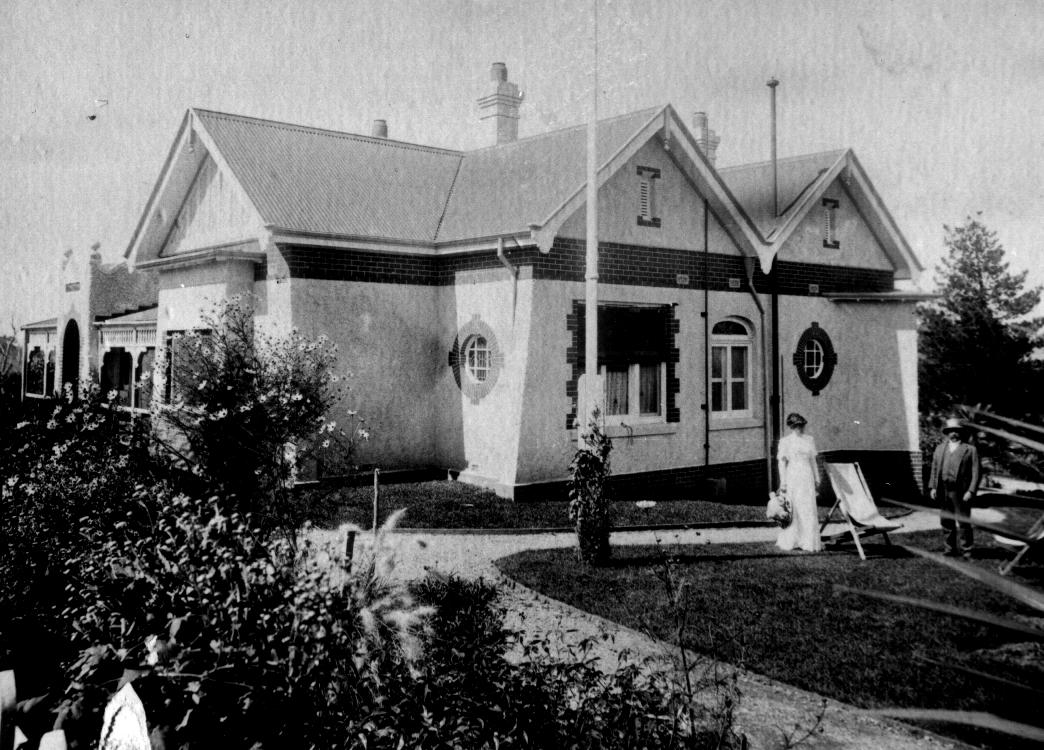
"Homebush" c.1910
Mary & Sam Lazarus
in the garden of their home.
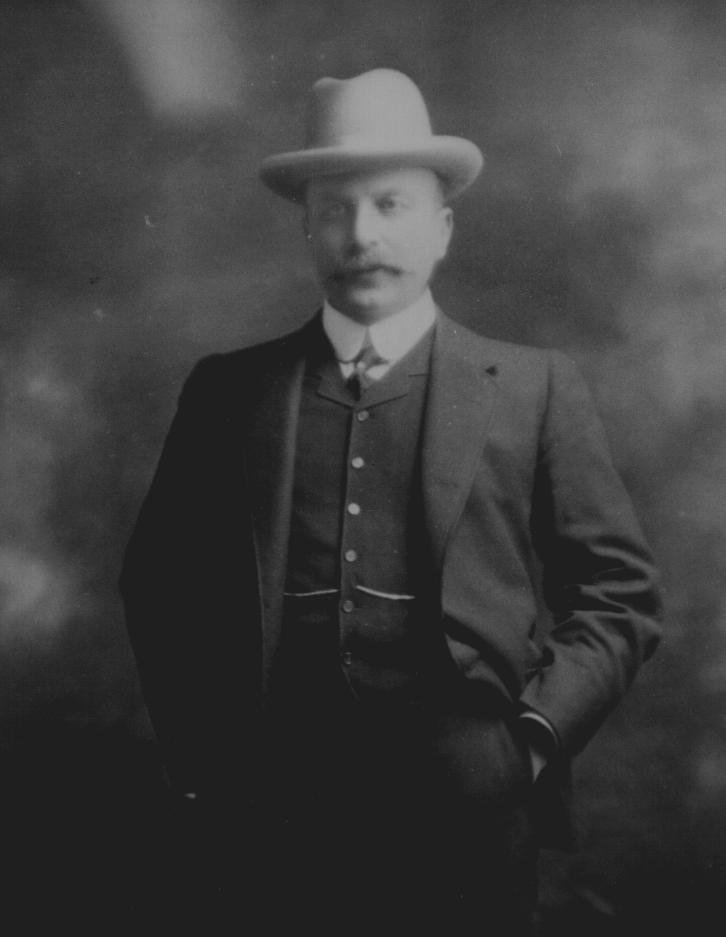
Samuel Lazarus
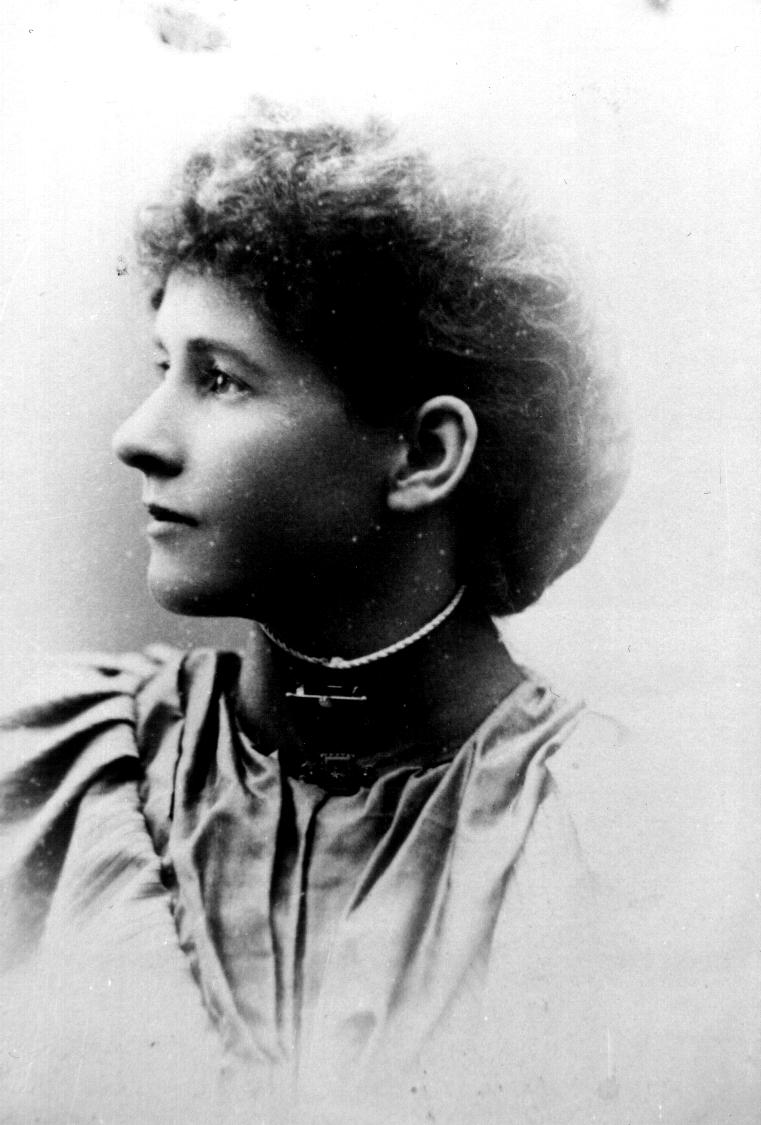
Mary Isabella Lazarus (nee Junor)
Daughter of Hugh & Isabella Junor.
Mr. Samuel Lazarus was the son of Mr. Barnet Lazarus, one of Bendigo's
well known mine owners. He was keenly interested in racing. In 1895 he was elected to the Committee of Bendigo Jockey Club,
a position he held continuously until 1921. He was President of the Club from 1897-1921, a record for the Club.
In
his youth he was prominently associated with the Bendigo Hunt Club and the Sandhurst Cavalry in which he held office.
For
many years he lived at Junortoun, the district being named after his first wife, Mary Junor. He died in Queensland on 31st
August, 1929.
RARE PATCHWORK QUILT FOUND
In 2002 an antique patchwork quilt was discovered in a Nursing Home in the City of Bendigo in Victoria.
Made before Federation the quilt features 270 stitched signatures which include some of the most prominant people in the State
of Victoria at that time. One of the signatures was that of the Mayor of Bendigo, Daniel Barnet Lazarus who was a brother
of Samuel Lazarus and brother-in-law of Mary Lazarus nee Junor.
Daniel who was the Mayor of Bendigo between 1893 and 1896 was also the Member of the Legislative
Assembly for Bendigo on two occasions, October 1893 to September 1897 and November 1900 to September 1902.
The Legislative Assembly or Lower House is one of the two Chambers of the State Parliament of Victoria.
It is believed that the quilt was made in 1895 due to the names of the Councillors whose signatures
the quilt contains held office that year.
The Strathdale Quilters Group in Bendigo were approached to see if they would like the quilt and
they displayed photographs of the quilt together with a list of the signatures at the Strathdale Quilters Exhibition
at the 2007 Bendigo Easter Fair.
The condition of the quilt is deteriorating quite rapidly and it is to be hoped that after restoration
it will be displayed in the State Museum of Victoria. Meanwhile an Australia wide search has started to try to find
who made the quilt and why.
BELOW IS THE HISTORICAL PATCHWORK QUILT.
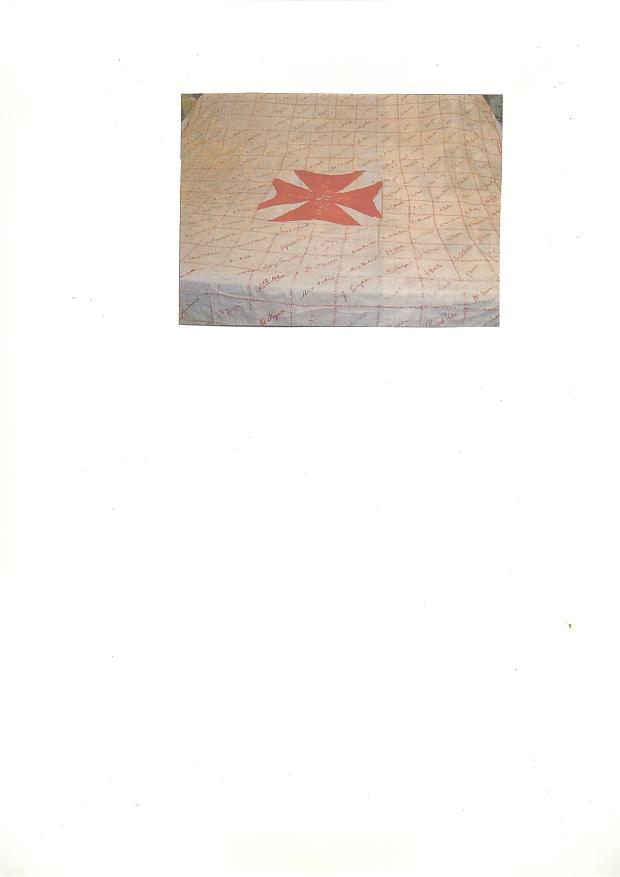
In 1997 I visited Junortoun and the photo
below is of me standing under the Junortoun sign on the McIvor Highway.
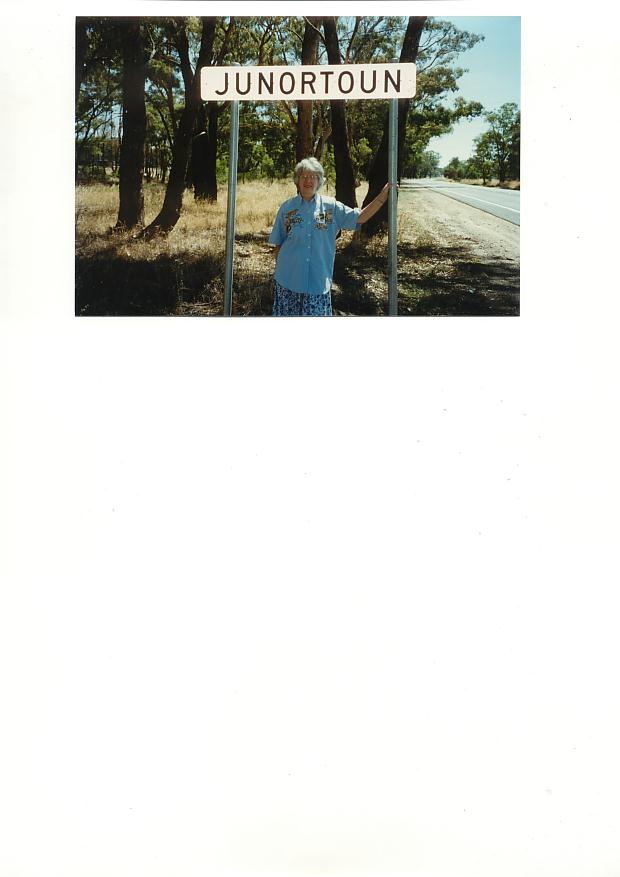
|